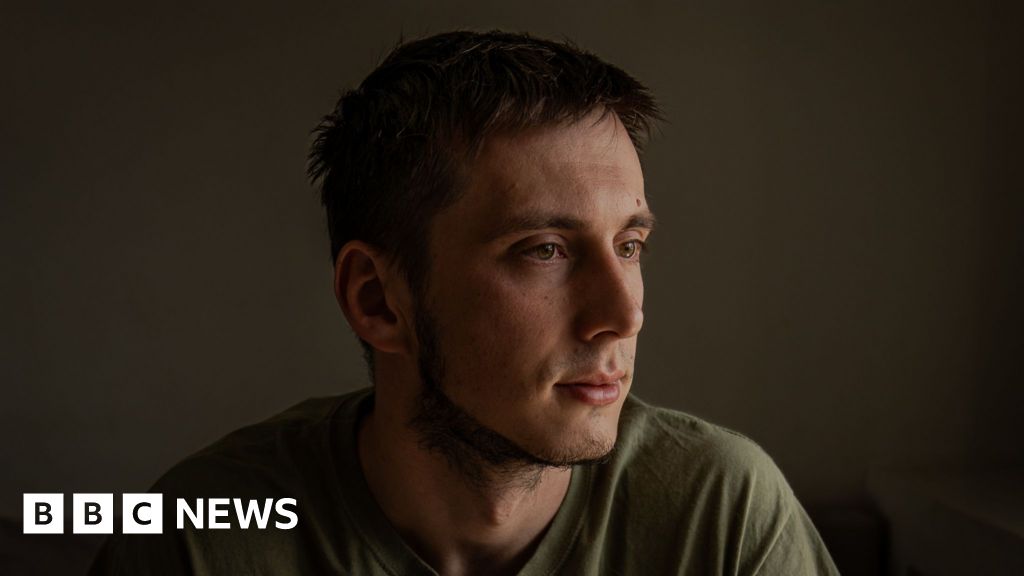Drone Warfare and Its Psychological Toll
In a small apartment in Kyiv, Pavlo, a 30-year-old drone operator, returned from the front lines and attempted to fly a small drone indoors. Despite his efforts, it remained unresponsive. “Not today,” he quipped, while contemplating the breakdown of his equipment. At the front, he piloted first-person view (FPV) drones, which have now become prevalent in Ukraine’s current combat dynamic. These agile drones, equipped with bombs, have supplanted the heavier weaponry seen earlier in the conflict.
Inescapable Threats on the Battlefield
FPV drones pose a relentless threat, capable of tracking and attacking infantry and armored units. “You can’t hide from them, and fleeing is futile,” Pavlo explained. Even the faintest audible cue of an approaching drone triggers anxiety among soldiers. “Bzzzzzz,” he recalled, highlighting the chilling sensation of being hunted.
Transitioning to Civilian Life
After over a year on the front, Pavlo returned home but found the haunting sounds of drones had accompanied him into civilian life. Everyday sounds—such as lawnmowers and air conditioners—evoked memories of close encounters with FPVs. He expressed a growing aversion to nature’s familiarity with buzzing insects, associating them with drone anxiety.
Emergence of “Droneophobia”
This evolving trauma, intensified by drone warfare, has been termed “droneophobia” by Dr. Serhii Andriichenko, a leading psychiatrist at a military hospital in Kyiv. Many returning soldiers, including Pavlo, suffer from acute stress disorders triggered by mechanical noises reminiscent of drones. The impact of these psychological injuries extends far beyond the battlefield.
Persistent Anxiety and PTSD
The persistent apprehension experienced by these soldiers has transitioned into their daily routines. Many find themselves instinctively seeking cover when everyday machines operate nearby, often forgetting the trigger sounds themselves. “You can never truly relax,” reflected another soldier, Savur, who echoes the common sentiment of constant vigilance instilled by drone presence.
Drone Attacks on Civilians
Moreover, the rise of drone utilization has shattered fears of safety even for civilians. In places like Kherson, drones—previously confined to military zones—now pose threats to innocent lives. Dmytro Olifirenko, a local resident, was severely injured by a drone strike at a bus stop, leading to ongoing psychological stress related to similar sounds around him. “There’s no safe space anymore,” he lamented.
Conclusion: The Battle for Mental Peace
As drone warfare continues in Ukraine, both soldiers and civilians grapple with the pervasive and insidious effects of such technology. For veterans like Pavlo, the world has become a potential battlefield, where the simple act of hearing can evoke survival instincts. “Your brain can’t ignore unknown sounds; it forces a reaction,” he concluded, underscoring the profound changes inflicted by modern warfare.



